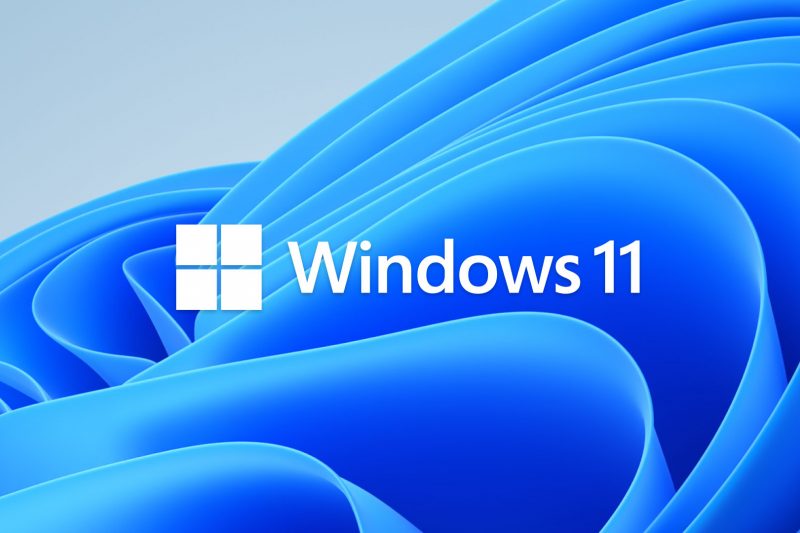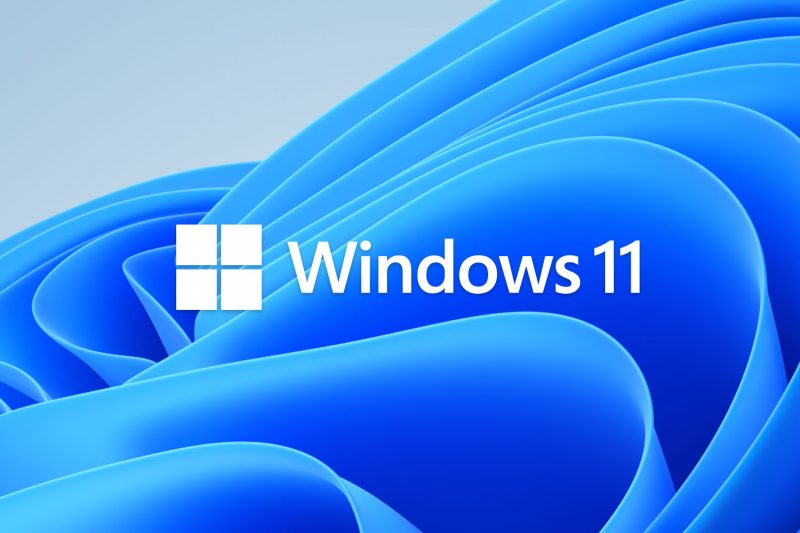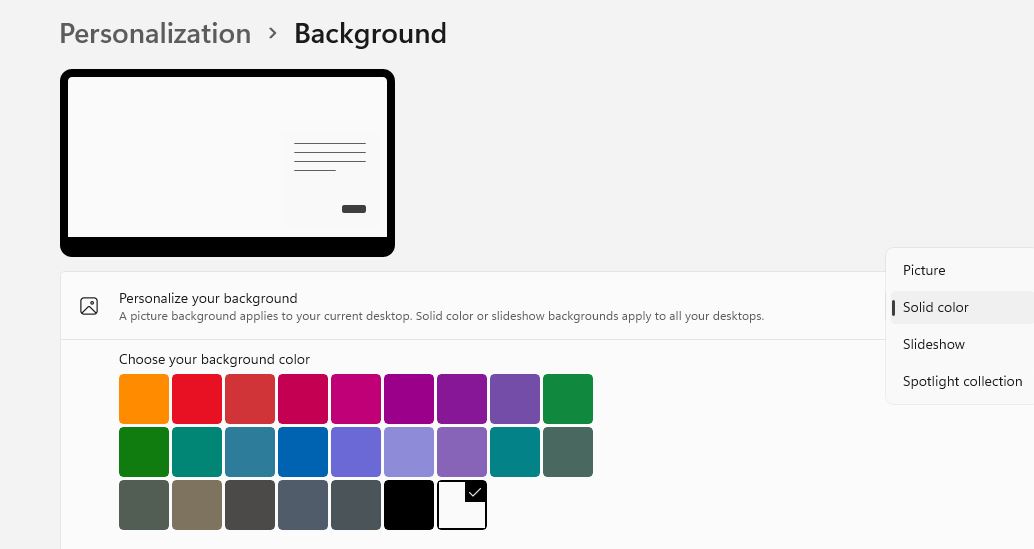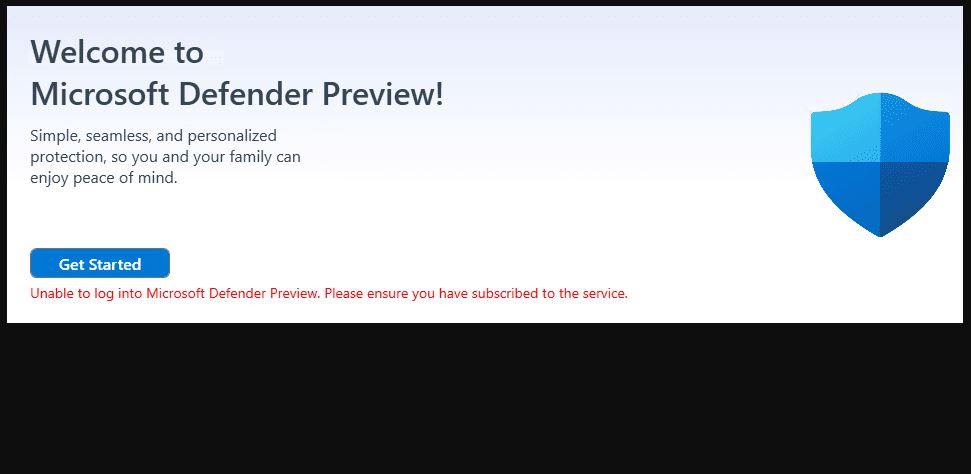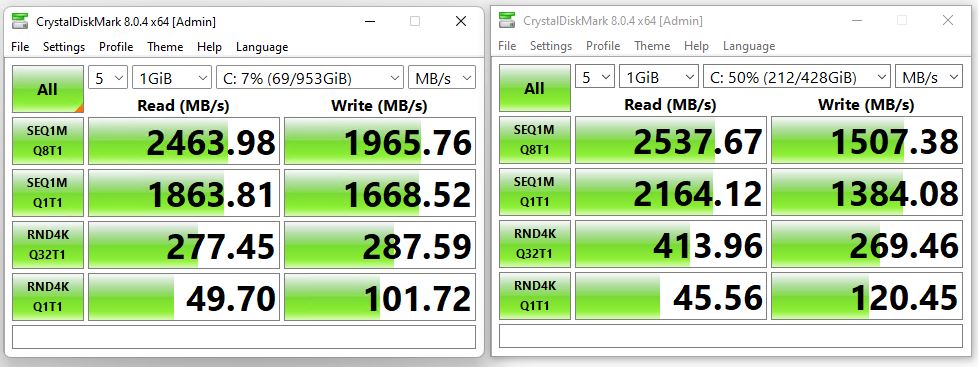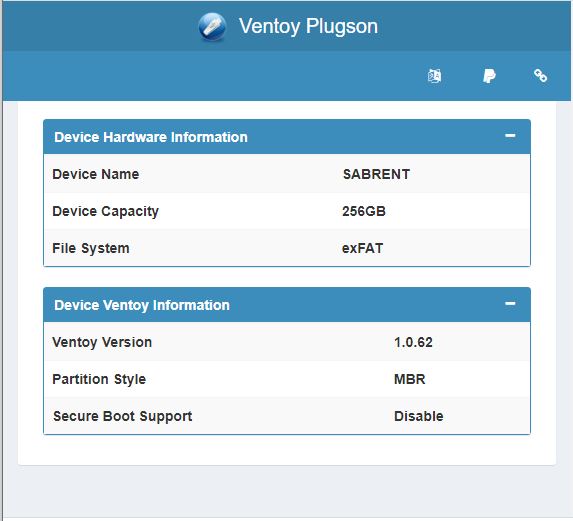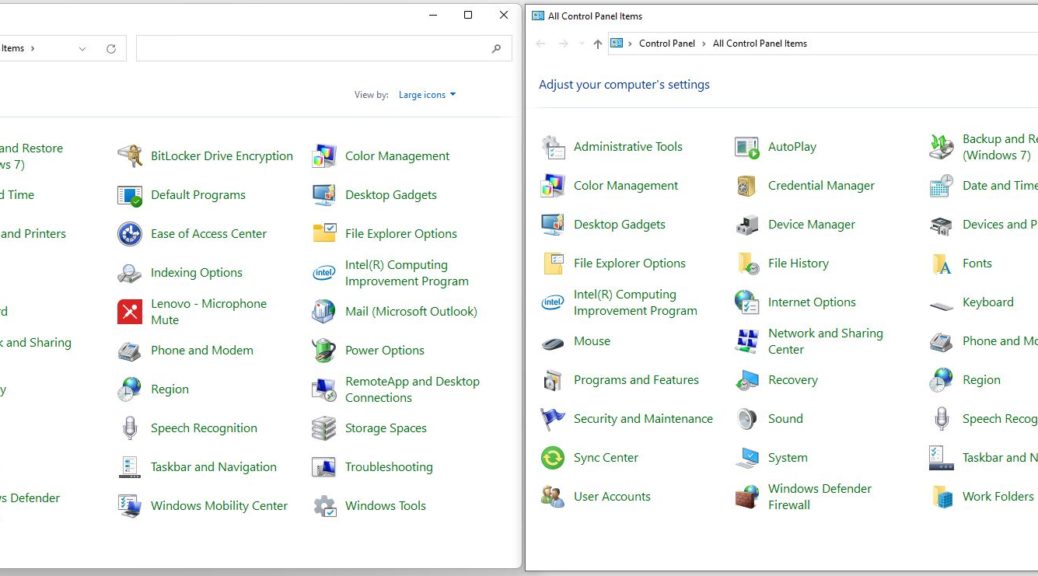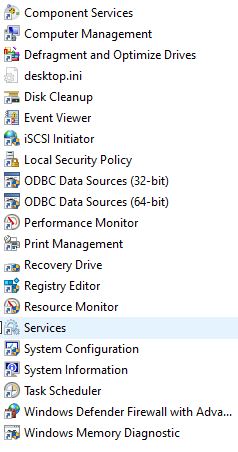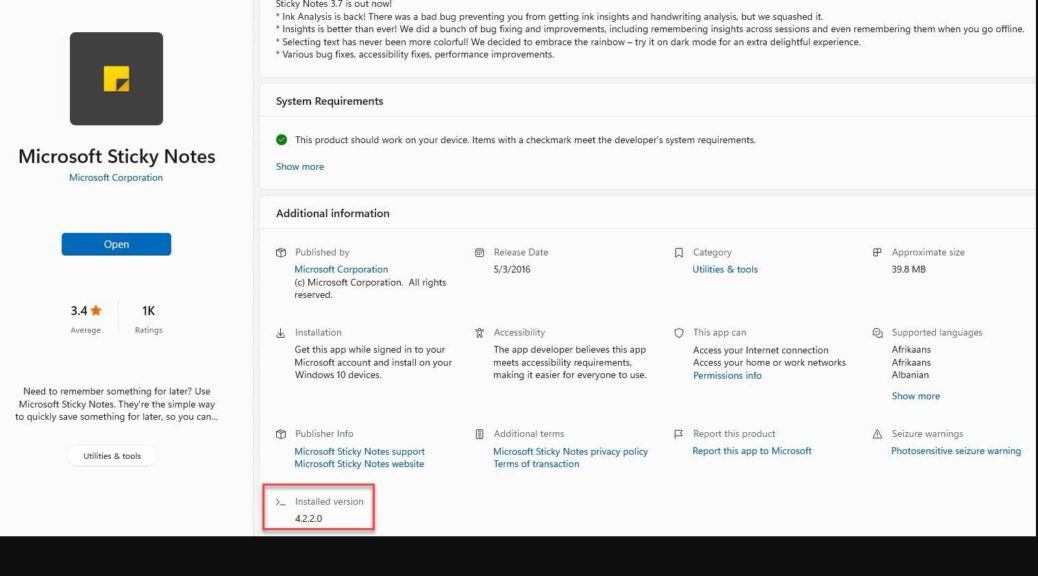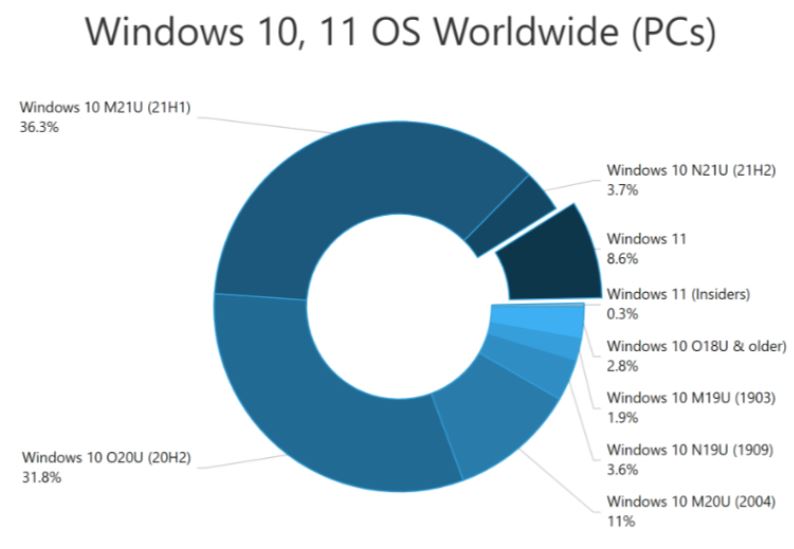OK, then. I was MIA on the blog yesterday and the day before. I’m also getting ready to take a much-needed break for the rest of the year. For my final post for 2021, I want to share my Windows 11 year-end ruminations and observations. The new OS made its preview debut on June 24 (Dev Channel) and its public debut on October 4 of this year. There’s been lots of activity, things to learn and understand, and various issues to deal with along the way. Let me share some highlights…
Where My Windows 11 Year-end Ruminations Lead
Since day 1 (June 24) I’ve been mostly pleased and impressed with Windows 11. I like its snazzed-up UI, especially the rounded corners and the snappy iconography it uses. It came as much less of a shock to me than did Windows 8 (or 10, for that matter) because it still remains familiar and comfortable to me despite wearing a new set of clothes and offering some new capabilities.
A few glitches aside — such as the AMD and disk drive performance gotchas that have emerged over the past 6 months — Windows 11 has been an entirely positive user and admin experience for me. All of the image manipulation and management, installation and configuration tricks I’ve learned for Windows 10 over the last 7 years have worked for me on Windows 11 so far. That means my comfort level with the new OS is both welcome and quite high.
I understand the ongoing flap about the Windows 11 hardware requirements. I’m rather more amused than pissed off that my still-capable but now 5-year-old i7-6700 desktop doesn’t make the Windows 11 grade. It’s a relief that I currently own only two systems that don’t meet those requirements (the other one is my 2014 vintage Surface Pro 3). I’m going to keep the Surface running until Windows 10 reaches EOL so I can experience what happens as the preceding desktop generation winds down.
I was also impressed and surprised by the out-of-box experience on the Lenovo 11th-gen Yoga 7 14″ thin&light laptop the company sent me for review. The set-up and configuration is fluid and easy, and the OS has worked flawlessly since that unit showed here in October. It is my first exposure to a system with Windows 11 pre-installed and I must say it’s been everything I hoped it would be.
Where Will 2022 Take Windows 11?
We should see the first “big rev” in the fall — if not sooner than that according to the rumor mill. I’m expecting to see more elements fall out of Control Panel and into Settings. I’m expecting more old and familiar “stock apps” (think Notepad, File Explorer, Task Manager, and so forth) get a new look and feel. Some will no doubt experience feature set changes as well (out with the old and in with the new). The turnover of old and new features is a theme I think we’ll see continuing on for many years to come. When it happens I expect to enjoy learning what’s up and then sharing what I learn. Please stay tuned, and take that ride with me.
Let me also wish my readers a safe, prosperous and enjoyable end-of-year holiday season. Look for my daily blogs to resume on Monday, January 3. Happy trails until then!
Yours truly,
–Ed Tittel–
